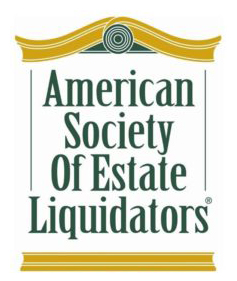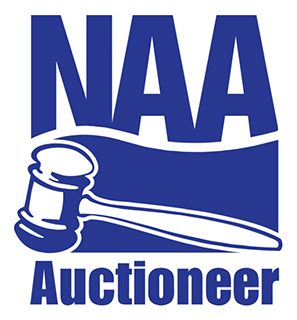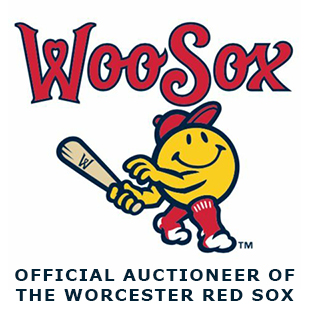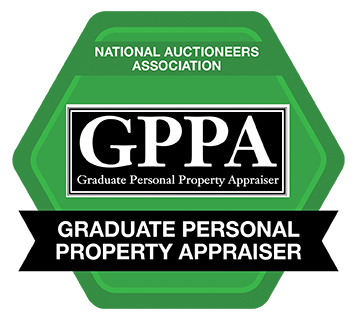When selling estate contents, downsizing or experiencing some other type of life transition, we encounter a wide range of situations and approach each case differently. With changes in the antiques market and technology, the methods I used 25 years ago might not be the best for today. I’ll explain some situations that we encountered and what method worked best.
The best case is when a home is full of antiques and valuables that have been passed down through the family. We take the valuable items to auction and promote them well. Higher quality items need the exposure that a well-publicized auction provides. For example, we sold the contents of an Amherst, MA estate where items passed from generation to generation. There was an Austrian painting that brought nearly $10,000. We had telephone bidders from Europe and the United States competing against the bidders in our auction hall. A local estate sale wouldn’t have reached these bidders.
An estate sale (tag sale) is a good way to sell some types of antiques, as well as more contemporary items. This method works well with some antiques, fine furnishings, tools, power equipment tools and cars.
I often advise selling estate contents using an online auction format. The first time we used this method, the owner told me he had previously hired an estate sale company from outside of the area to run a sale for him. The home was in a remote location and the estate sale company drew very few buyers for the home’s fine furnishings. We sold everything online and generated much more exposure. We had bidders from throughout Massachusetts and Connecticut. Items sold for strong prices and the home was emptied out, allowing the client to meet their closing date. We’ve used this method for a home staging company that went out of business, a condominium that didn’t allow estate sales, a workshop with heavy machinery, boats and even an airplane engine. The added exposure brought buyers who traveled from as far as the Virginia area and a bidder from Australia. These bidders wouldn’t have had the opportunity to buy these items from a traditional estate / tag sale.
A combination of auction and estate sale is often the best approach. When I first started selling antiques at estate sales and antique shows, I realized that some things need to be auctioned. I consigned more desirable items with auction houses before I started my own. When someone prices something at an estate sale or antique show, they use their best price estimate. If something is priced at $200, maybe someone was actually willing to pay $400 and “money was left on the table”. It may not sell at a sale at all because it was really only worth $75. The competitive bidding at an auction drives the price to “fair market value”.
There are times when an estate may not contain any antiques or valuable items to sell at auction or enough items to run an estate sale. We do our best to offer people other suggestions including auction houses that sell non-antiques, used furniture stores, donation locations and people who do cleanouts.
An attorney or estate representative may call us just for an appraisal for probate. Other times, heirs want an appraisal for equitable distribution of assets.
Handling estate contents can be difficult and emotional. Hopefully, this will help guide you through the process.

4 ornate rings sold for nearly $500 of the over $5,000 in gold estate jewelry in our January auction
Contact us at: Wayne Tuiskula Auctioneer/Appraiser Central Mass Auctions for Antique Auctions, Estate Sales and Appraisal Services www.centralmassauctions.com (508-612- 6111), info@centralmassauctions.com




